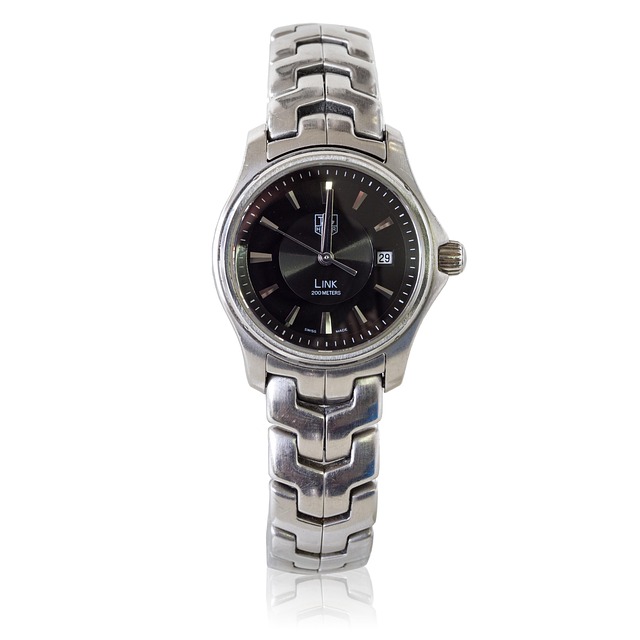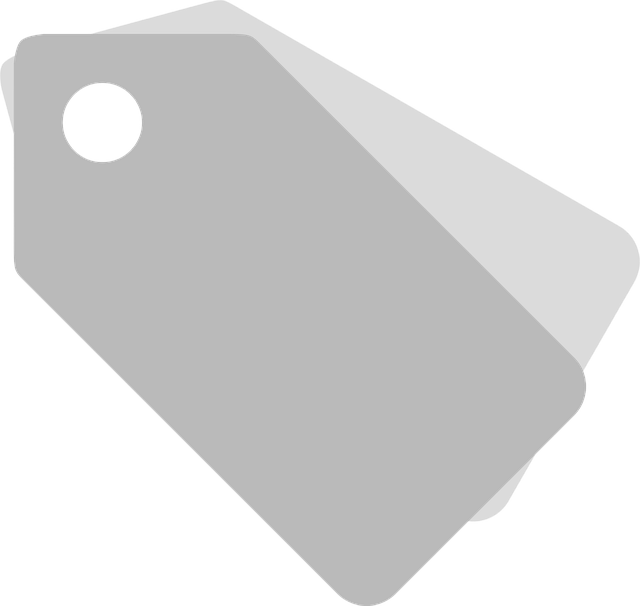Glasgow Skin Tag Removal offers diverse options from at-home remedies to professional procedures. Cryotherapy, lancing, laser treatments, and surgical excision are available. Consulting a dermatologist is crucial for personalized advice based on tag size, location, and medical history. Proper post-removal care, including cleanliness, ointments, and sun protection, ensures healing and minimizes complications.
Looking for effective skin tag removal in Glasgow? Skin tags, those small, harmless growths on the skin, can be unsightly and irritating. Understanding their causes and types is the first step towards choosing the best removal method. This article explores non-surgical options, from safe at-home treatments to professional procedures, guiding you through surgical considerations and post-removal care. Discover the top Glasgow skin tag removal solutions for faster, smoother results.
- Understanding Skin Tags: Causes and Types in Glasgow
- Non-Surgical Methods for Safe Removal in Glasgow
- Surgical Options: When and How in Glasgow
- Post-Removal Care: Tips for Faster Healing in Glasgow
Understanding Skin Tags: Causes and Types in Glasgow

Skin tags, also known as acrochordons, are small, soft skin growths that typically appear in areas where skin rubs against itself. They are usually harmless and often go unnoticed, but some folks may find them unsightly or uncomfortable. In Glasgow, understanding the various types and causes of skin tags is an important first step when considering removal options. Common types include tag-like growths on the neck, armpits, groin, and eyelids, with each having unique characteristics and potential underlying causes, from simple friction to hormonal changes.
Glasgow Skin Tag Removal can be approached in several ways, depending on size, location, and individual preferences. Some people choose to leave them alone as they often go away on their own, while others opt for over-the-counter treatments or seek professional help at a Glasgow clinic. Common removal methods include freezing with liquid nitrogen (cryotherapy), cutting them off with a scalpel or laser surgery, or using topical creams. Each method has its pros and cons, so consulting a dermatologist in Glasgow is advisable to determine the best course of action for effective and safe skin tag removal.
Non-Surgical Methods for Safe Removal in Glasgow

In Glasgow, there are several non-surgical methods available for safe and effective skin tag removal. These options are particularly appealing to those seeking a minimally invasive approach, avoiding the risks and downtime associated with traditional surgical procedures. One popular method is cryotherapy, where liquid nitrogen is used to freeze and destroy the skin tags. This procedure is typically quick, painless, and can be performed in a doctor’s office. Another non-surgical option is lancing, which involves using a sterile needle to cut off the skin tag. While it may cause slight discomfort, it’s a simple and affordable solution for small skin tags.
Laser treatments are also gaining popularity for Glasgow skin tag removal. This method uses concentrated light energy to target and destroy the skin tags, resulting in reduced appearance over time. Lasers can be more effective than cryotherapy or lancing for larger or more stubborn skin tags, but they usually require multiple sessions and may cause temporary redness or swelling. As with any cosmetic procedure, it’s essential to consult with a qualified dermatologist or healthcare professional to determine the best course of action based on your specific needs and medical history.
Surgical Options: When and How in Glasgow

In Glasgow, several surgical options are available for skin tag removal. One common approach involves cryosurgery, where a small device freezes the skin tags, causing them to fall off or be easily removed by your dermatologist. This procedure is typically quick and can be performed in an outpatient setting. Another option is surgical excision, where a doctor cuts out the skin tags with a scalpel or laser. Excision is effective but may leave scars, so it’s usually recommended for larger or more visible tags.
For Glasgow skin tag removal, consulting a qualified dermatologist is crucial. They can assess your specific case and recommend the most suitable surgical method based on the size, location, and number of skin tags. Following the procedure, they’ll provide aftercare instructions to ensure optimal healing and reduce the risk of infection or scarring.
Post-Removal Care: Tips for Faster Healing in Glasgow

After successfully removing skin tags, proper post-removal care is essential for faster healing and minimizing discomfort in Glasgow Skin Tag Removal. The first step is to keep the treated area clean and dry; wash gently with mild soap and water, avoiding harsh scrubs or products that may irritate the skin. Apply a thin layer of over-the-counter antibiotic ointment to promote healing and prevent infection. It’s crucial to avoid scratching or touching the area, as this can delay recovery.
For optimal results, use a cold compress for 10-15 minutes several times a day to reduce swelling and discomfort. Avoid exposure to direct sunlight for at least a week after removal to prevent further irritation. Lastly, consider using hydrocortisone cream or oral antihistamines if itching persists, but consult with a healthcare professional first to ensure safety.
Getting rid of skin tags in Glasgow doesn’t have to be a challenging or painful process. By understanding the different causes and types, you can choose from various non-surgical methods or opt for surgical procedures when necessary. Proper post-removal care ensures faster healing and reduces potential complications. Whether you prefer a safe, at-home approach or professional treatment, there are effective solutions available for Glasgow skin tag removal.
